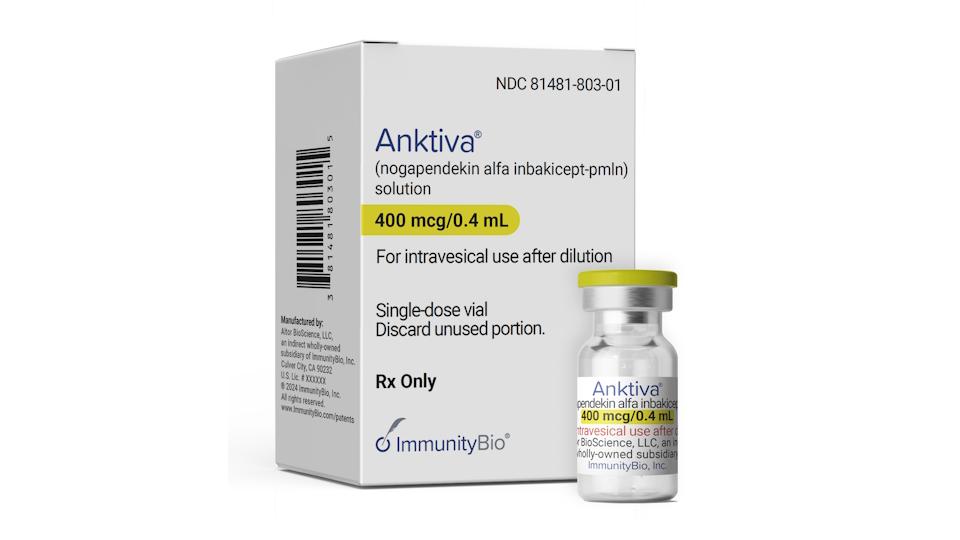Advertising before approval - Navigating pharma marketing

Disease state awareness (also known as “unbranded”) advertising campaigns have existed in the pharmaceutical media landscape for over a decade now. Unlike branded campaigns, which promote the brand name or offering, unbranded campaigns are focused on spreading awareness about a disease state or indication. According to a 2022 Healthcare Marketers Trend Report, pharma marketers increased their 2021 unbranded campaign budgets by 22% from the previous year. Additionally, the top five unbranded pharma campaigns of 2021 combined accounted for $216M of media spend that year. Much of this growth is attributed to pharmaceutical advertisers capitalising on their roles in the battle against COVID-19.
Unbranded campaigns are critical for distributing disease state education, building audiences, and encouraging conversation between patients and healthcare providers (HCPs). In today’s media landscape, pharmaceutical advertisers have an opportunity to reach HCPs and consumers (with direct-to-consumer advertising) through digital video, to both raise awareness and foster dialogue about shared health conditions.
Why invest in unbranded campaigns?
Typically, advertisers will run unbranded HCP-targeted campaigns around the indication, alongside patient-focused campaigns to open communication between patients and HCPs. The primary long-term objective of unbranded campaigns is to connect the disease state to the brand name in order to grow or increase sales. Unbranded campaigns require a less rigorous legal and medical approval process and can be run prior to formal approvals. Pharma advertisers may choose to run unbranded initiatives for an indication that has not been formally approved by the FDA.
Another objective of an unbranded disease state advertising campaign is to build up an early database customer relationship management (CRM) of individuals seeking to learn more or be made aware of advancements in the treatment of their conditions. Unbranded initiatives are a great way to build up the prospective patient pool prior to advertising the brand name. They also encourage people to build communities and connect with others that have the same condition. Unbranded microsites generally use social connections to build confidence and provide the tools needed to have those important conversations with medical professionals.
Benefits of unbranded campaigns for both pharmaceutical advertisers & patients
For pharmaceutical advertisers and patients alike, there are many advantages to running disease state or unbranded initiatives.
One of the advantages for pharma companies is that they can begin advertising specific health conditions to patients, even prior to FDA approval. There is also the benefit of having more flexibility in messaging and media formats – so long as the brand name is not a component in the visual. Unbranded campaigns can be delivered across a variety of video formats, such as shorter-form video, social media, in-unit video, and connected TV (CTV), reaching both patient and HCP audiences.
On the patient side, unbranded campaigns are a beneficial way to educate patients and build communities around a shared condition, as well as to give patients access to communication tools to leverage with their healthcare provider. This information is available to patients on a website that does not promote a specific product.
Video advertising tactics for unbranded campaigns
Unlike branded campaigns, which require “fair balance” and Important Safety Information (ISI), unbranded pharmaceutical campaigns are well suited for shorter-form video advertising. It is not uncommon for unbranded TV spots to be as short as 15 or 30 seconds, encouraging patients to visit a particular website. Traditional pharmaceutical TV spots, on the other hand, are usually 30 to 60 seconds or more to cover all the ISI.
When utilising video advertising to promote your disease state awareness campaign, custom video ad units with interactive features can be an effective way to deliver educational content. For example, patient stories, doctor discussion guides, and “before and after” imagery can be included within the ad experience via interactive tabs that users can engage with. The tone of creative messaging in these types of campaigns should be educational and encouraging, as opposed to the more clinical tone of branded campaigns.
About the author
 Lauren Ohlsson, lead of Industry Solutions, Pharmaceutical and Healthcare, at VDX.tv, is responsible for leading a cross-functional team tasked with developing strategic solutions for clients. A 17-year veteran of the digital media industry, prior to joining VDX.tv, Ohlsson began her career at a digital agency in Los Angeles on the accounts side, followed by leading digital strategy in the QSR Industry. She has held leadership roles in account service at VDX.tv and has been focused on development of pharmaceutical and healthcare solutions since 2019. Ohlsson holds an MBA from California State University, Long Beach, and her BSc from California Polytechnic, San Luis Obispo.
Lauren Ohlsson, lead of Industry Solutions, Pharmaceutical and Healthcare, at VDX.tv, is responsible for leading a cross-functional team tasked with developing strategic solutions for clients. A 17-year veteran of the digital media industry, prior to joining VDX.tv, Ohlsson began her career at a digital agency in Los Angeles on the accounts side, followed by leading digital strategy in the QSR Industry. She has held leadership roles in account service at VDX.tv and has been focused on development of pharmaceutical and healthcare solutions since 2019. Ohlsson holds an MBA from California State University, Long Beach, and her BSc from California Polytechnic, San Luis Obispo.












